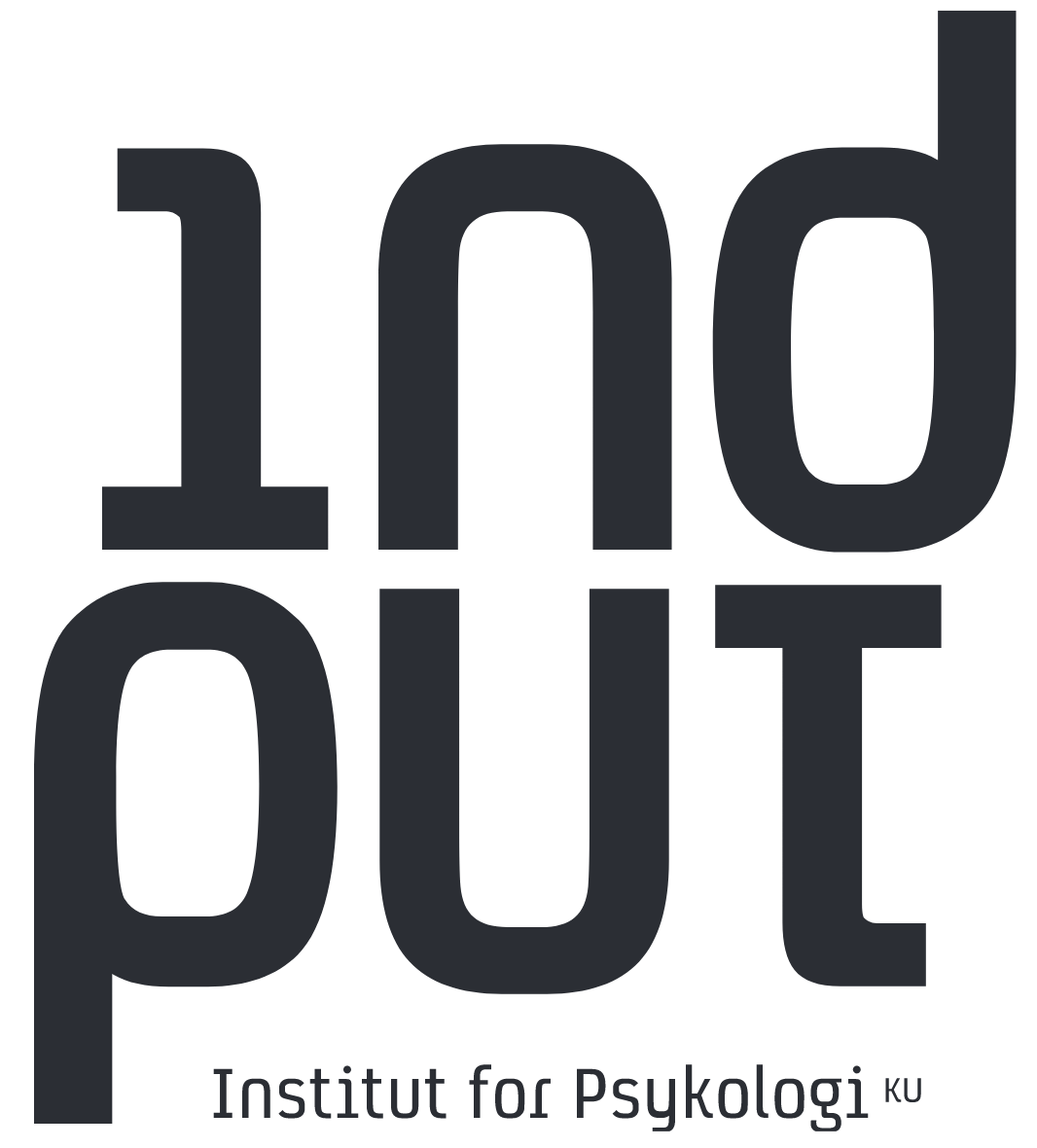Drømmer androider om hyæner med klove?
Abstract
Living in a time characterized by exponential technological development, we’re almost con stantly presented with new innovations that pose both challenges and create opportunities for us. Lately, generative artificial intelligence (GenAI) has become widely accessible and increasingly well equipped at accomplishing tasks that were previously thought to be reserved for humans. This includes the creation of art; hereby starting to challenge the notion of creativity as uniquely human.
In this paper I explore how the introduction of GenAI as a potential (co-)creator of art affects our understanding of creativity and our own role therein. Through combined use of The Systems Model of Creativity (SMC, Csikszentmihalyi, 2014) and The Updated Standard Definition of Creativity (OSDK, Runco, 2025), follows an understanding of creativity where a product can be deemed creative, if the social field of experts perceives it as living up to the criteria from OSDK (originality, usefulness, authen ticity and intentionality). The cultural domain functions as frame of reference for the creating individual and the assessment of the field.
This understanding of creativity does not categorically reject products made with GenAI as cre ative, but it does not seem meaningful to consider it possible for GenAI to autonomously create prod ucts which can be viewed as such. GenAI is currently still dependent on training data made by humans as well as some degree of human supervision which illustrates a possible difference between artificial creativity (Runco, 2025) and human creativity.
Bedømmelse: 12
